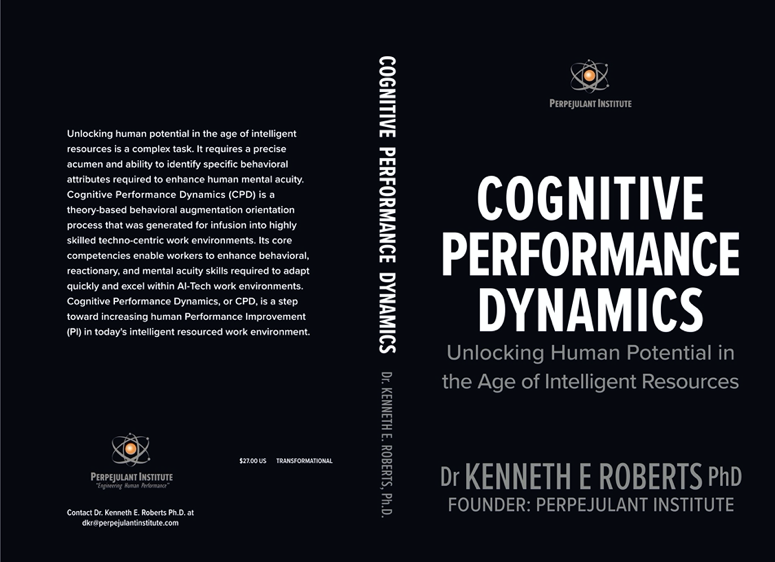Cognitive Performance Dynamics™ (CPD)


CPD Mathematical Equation
The CPD orientation process is supported by a systematic mathematical equation. The mathematical equation is grounded in propositional logic. Core competencies associated with CPD align to a Boolean algebraic equation that correlates with De Morgan’s laws. Augustus De Morgan, a 19th century British mathematician established transformation rules that are valid rules of inference. The rules allow the expression of conjunctions and disjunctions purely in terms of each other via negation. The rules can be expressed in English as: “the negation of a conjunction is the disjunction of the negations; and the negation of a disjunction is the conjunction of the negations; or “the complement of the union of two sets is the same as the intersection of their complements; and the complement of the intersection of two sets is the same as the union of their complements. In set theory and Boolean algebra, these are written formally depicted below, which demonstrate the proposed drivers contained in the Video diagram below.
Click Video below for AICPD Overview:

Where:
- A and B and C are sets
- A is the compliment of B and B being the compliment of C
- ∩ is the intersection
- ∪ is the union
CPD requires workers to receive behavioral reinforcement designed to improve competencies associated with A, B, and C without negation and predicated on conjunction.
THE FUTURE OF WORK
A Learning Center for Future Thought and Certifications in AI.
Submit your info below to learn more about cpd or to book a presentation with dr. roberts
We need your help.
Make a donation today to support our continued research and development.

